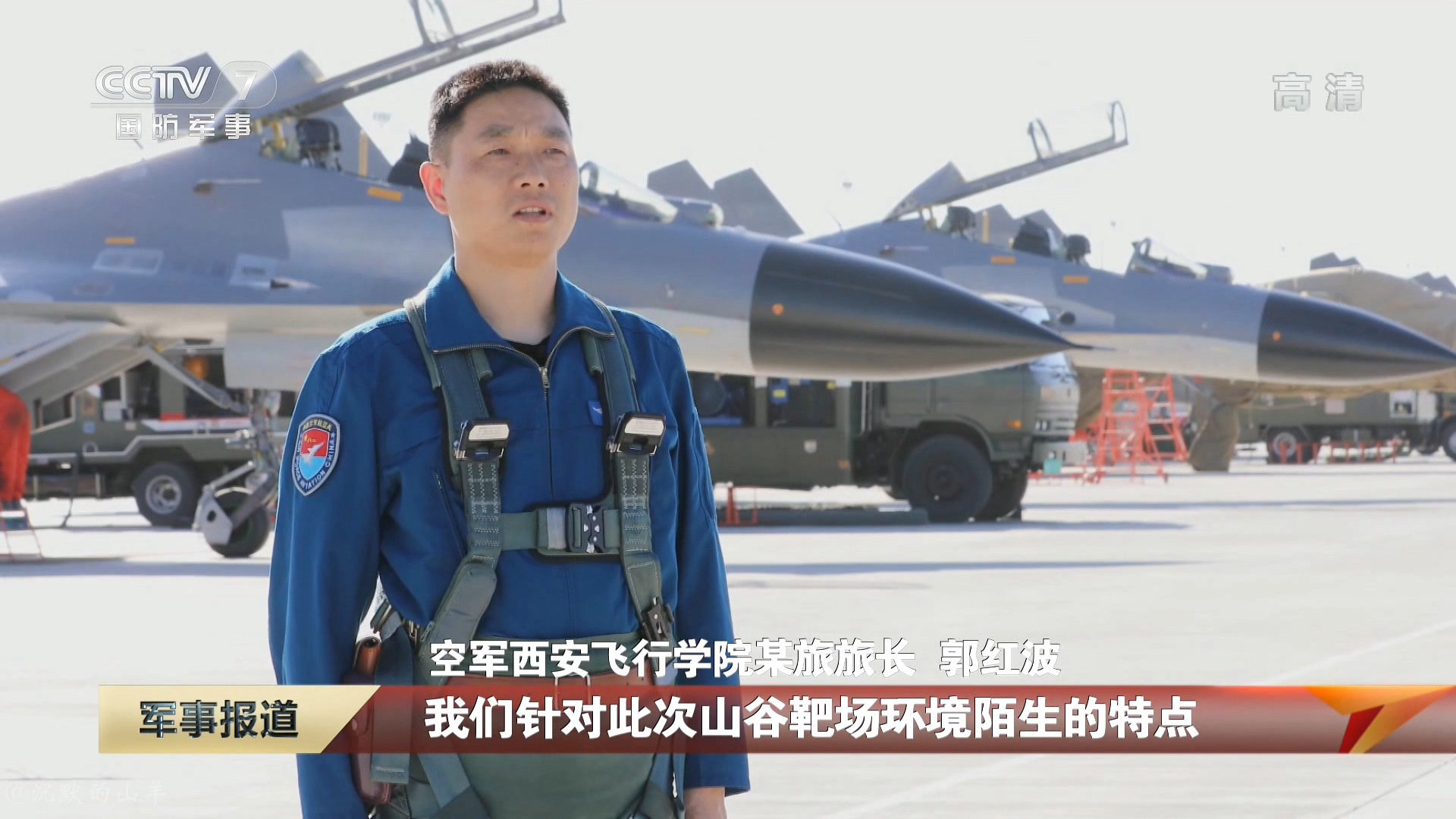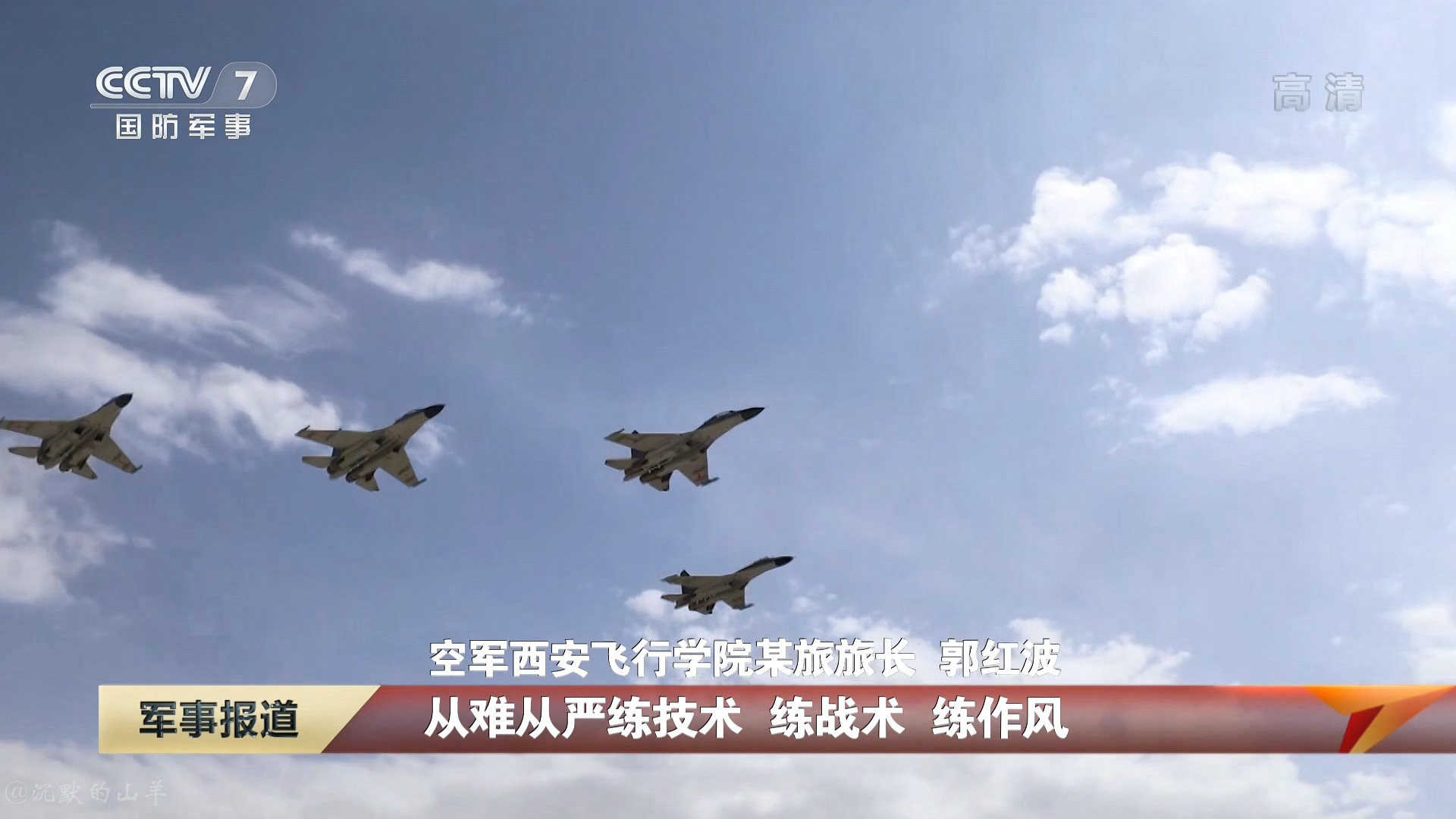The reason we don't pursue those sorts of platforms is because TACAIR is really the only vector that we consider survivable in the threat environment which actually requires such comprehensive EMSO. If it's not the PRC, odds are our EW capabilities are sufficient to degrade the sensors in that nation's inventory. If it is the PRC, larger airframes capable of standoff EW are completely unsurvivable at the kinds of distances that effective EA necessitates. The PLA is sorta lucky in this regard, and their ability to create nearly completely sanitized airspace is extremely enviable in how it enables supporting airframes to operate.
Nah. On an individual case by case basis, I would agree with you. However, at a systemic level, in the actual threat environment we see - I hold that the PLA is a good deal more capable of generating EM effects with their inventory than we are.
Growlers are great, and they do indeed have a very comprehensive ESM suite - but you must remember that there's only a single VAQ per CVW hosting only 4 airframes. This is just abjectly *not enough.* We're actually looking at either expanding VAQs or augmenting CVWs with an additional squadron for this reason - our modeling strongly suggests that any less than 8 airframes is practically useless. Additionally, the kind of operational tempo and "stand-in" time (i.e. how long a Growler can actually be operational and conducting EA against the PRC sensor apparatus) is severely limited by CSG standoff, airframe combat radius, and the lack of available supporting DCA. Thus, I don't consider it likely that a CVW would be generating more than ~9 to 12 EW sorties per ~24/hrs, arranged into ~3 "pulses" of 3 to 4 airframes (depending on availability) in support of strike operations. Those sorties would, as just mentioned, be facing such an extensive sensor apparatus that even NGJ will have a hard time making much of a dent (NGJ is super cool, but it's not a worldbeater - alq-249 as a whole is really only a "we are where we at least don't have an excuse to be behind this point" solution, but I don't think going into much more detail than that would be wise considering it's a quite opaque system), and ALQ-99 (which is again, very very much a legacy system) is effectively dead-weight. APG-81s are also very much tactical EW platforms, they're amazing radars and I love them very very much, but they're not capable of conducting anything other than fairly limited point-EA against FCR-band emitters (at least until Block 4, where they'll get some needed capability upgrades).
The proliferation of advanced sensors by the PLA makes the actual concentration of EW assets we're capable of generating utterly insufficient. The PLA's counter-air/sea sensor complex is simply too extensive, too redundant, and too well networked to do more than degrade relatively small parts of it by marginal amounts at any given time. Can we make it hurt a bit? Sure. Will it meaningfully prevent or degrade the PLA from conducting effective counter-air/sea operations? Not really.
In contrast, the PLA's own extensive EW capability *is* enough to seriously degrade the limited US sortie volume, the limited sensor apparatus on JP/TW, and to notably hamper US sensors from performing at their best. These are the systems PLA EW kit was designed for - this is not the case in reverse. I probably can't state exact figures, but we consider EW to be a significant factor in *especially* our initial ability to contest PLA operational fires at the beginning stages of any conflict, while we consider our own EW to be us fighting in the margins to hopefully punch small holes through which munitions or VLO airframes may be able to penetrate more effectively.


